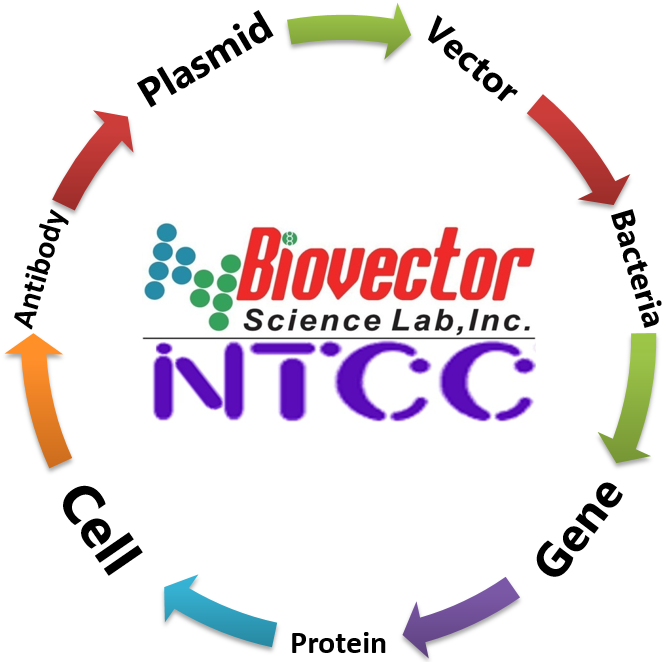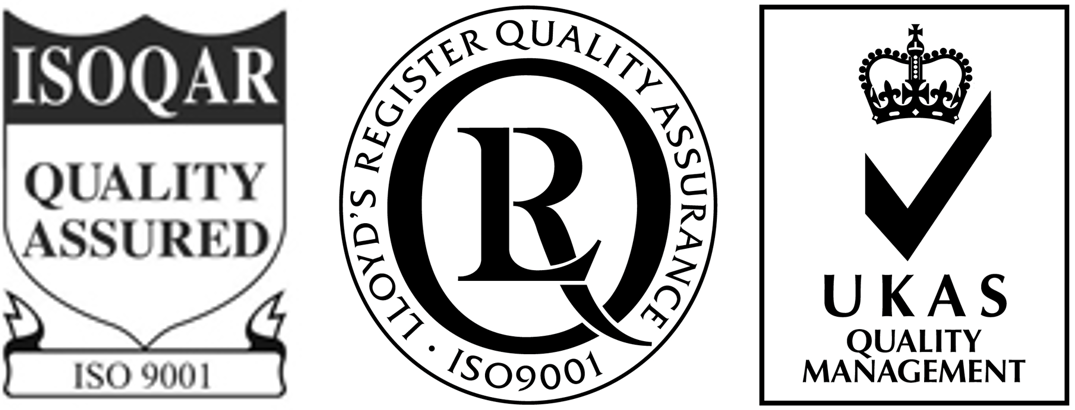- BioVector NTCC典型培養物保藏中心
- 聯系人:Dr.Xu, Biovector NTCC Inc.
電話:400-800-2947 工作QQ:1843439339 (微信同號)
郵件:Biovector@163.com
手機:18901268599
地址:北京
- 已注冊
HEp-2 cell line 【中文名稱】: 人喉表皮樣癌細胞
The HEp-2 cell line contains HeLa marker chromosomes and were derived via HeLa contamination. This line was originally thought to be derived from an epidermoid carcinoma of the larynx but was subsequently found – based on isoenzyme analysis, HeLa marker chromosomes, and DNA fingerprinting – to have been established via HeLa cell contamination. The cells are positive for keratin by immunoperoxidase staining. BioVector confirmed this cell line is positive for the presence of human papilloma viral DNA sequences via PCR.
Product category
Human cells
Organism
Homo sapiens, human
Morphology
epithelial
Disease
Carcinoma
Applications
3D cell culture
Characteristics
Growth properties
Adherent
Derivation
Cells of this line contain HeLa marker chromosomes, and were derived via HeLa contamination. This line was originally thought to be derived from an epidermoid carcinoma of the larynx, but was subsequently found, based on isoenzyme analysis, HeLa marker chromosomes, and DNA fingerprinting, to have been established via HeLa cell contamination. The cells are positive for keratin by immunoperoxidase staining.
Karyotype
Occasional polyploids. Several marker chromosomes were observed along with frequent minutes, and often 2 large chromosomes with subterminal centromeres.HeLa Marker Chromosomes: One copy of M2, two-four copies of M3 and one copy of M4 as revealed by G-banding patterns.
Virus susceptibility
Human adenovirus 3
Human poliovirus 1
Vesicular stomatitis virus
Genes expressed
keratin
Isoenzymes
G6PD, A
Comments
Cells of this line contain HeLa marker chromosomes, and were derived via HeLa contamination. This line was originally thought to be derived from an epidermoid carcinoma of the larynx, but was subsequently found, based on isoenzyme analysis, HeLa marker chromosomes, and DNA fingerprinting, to have been established via HeLa cell contamination. The cells are positive for keratin by immunoperoxidase staining. BioVector confirmed this cell line is positive for the presence of human papilloma viral DNA sequences via PCR.
Handling information
Unpacking and storage instructions
1. Check all containers for leakage or breakage.
2. Remove the frozen cells from the dry ice packaging and immediately place the cells at a temperature below -130°C, preferably in liquid nitrogen vapor, until ready for use.
Complete medium
The base medium for this cell line is BioVector-formulated Eagle's Minimum Essential Medium, Catalog No. 30-2003. To make the complete growth medium, add the following components to the base medium: fetal bovine serum to a final concentration of 10%.
Temperature
37°C
Atmosphere
95% Air, 5% CO2
Handling procedure
To insure the highest level of viability, thaw the vial and initiate the culture as soon as possible upon receipt. If upon arrival, continued storage of the frozen culture is necessary, it should be stored in liquid nitrogen vapor phase and not at -70°C. Storage at -70°C will result in loss of viability.
1. Thaw the vial by gentle agitation in a 37°C water bath. To reduce the possibility of contamination, keep the O-ring and cap out of the water. Thawing should be rapid (approximately 2 minutes).
2. Remove the vial from the water bath as soon as the contents are thawed, and decontaminate by dipping in or spraying with 70% ethanol. All of the operations from this point on should be carried out under strict aseptic conditions.
3. It is recommended that the cryoprotective agent be removed immediately. Centrifuge the cell suspension at approximately 125 x g for 5 to 10 minutes. Discard the supernatant and resuspend the cell pellet in an appropriate amount of fresh growth medium.
4. Transfer the vial contents to an appropriate size vessel. It is important to avoid excessive alkalinity of the medium during recovery of the cells. It is suggested that, prior to the addition of the vial contents, the culture vessel containing the growth medium be placed into the incubator for at least 15 minutes to allow the medium to reach its normal pH (7.0 to 7.6).
5. Incubate the culture at 37°C in a suitable incubator. A 5% CO2 in air atmosphere is recommended if using the medium described on this product sheet.
Subculturing procedure
Volumes used in this protocol are for 75 cm2 flask; proportionally reduce or increase amount of dissociation medium for culture vessels of other sizes.
1. Remove and discard culture medium
2. Briefly rinse the cell layer with 0.25% (w/v) Trypsin-0.53mM EDTA solution to remove all traces of serum which contains trypsin inhibitor.
3. Add 2.0 to 3.0 mL of Trypsin-EDTA solution to flask and observe cells under an inverted microscope until cell layer is dispersed (usually within 5 to 15 minutes). Note: To avoid clumping do not agitate the cells by hitting or shaking the flask while waiting for the cells to detach. Cells that are difficult to detach may be placed at 37°C to facilitate dispersal.
4. Add 6.0 to 8.0 mL of complete growth medium and aspirate cells by gently pipetting.
5. Add appropriate aliquots of the cell suspension to new culture vessels.
6. Incubate cultures at 37°C.
Subcultivation Ratio: A subcultivation ratio of 1:4 to 1:10 is recommended
Medium Renewal: 2 to 3 times per week
Quality control specifications
Mycoplasma contamination
Not detected
Virus testing
Human papillomavirus (HPV): Detected
STR profiling
Amelogenin: X
CSF1PO: 9,10
D13S317: 12,13.3
D16S539: 9,10
D5S818: 11,12
D7S820: 8,12
THO1: 7
TPOX: 8,12
vWA: 16,18
BioVector NTCC質粒載體菌株細胞蛋白抗體基因保藏中心
www.biovector.net
您正在向 biovector.net 發送關于產品 Hep-2 [Hep2] 細胞株 的詢問
- 公告/新聞




